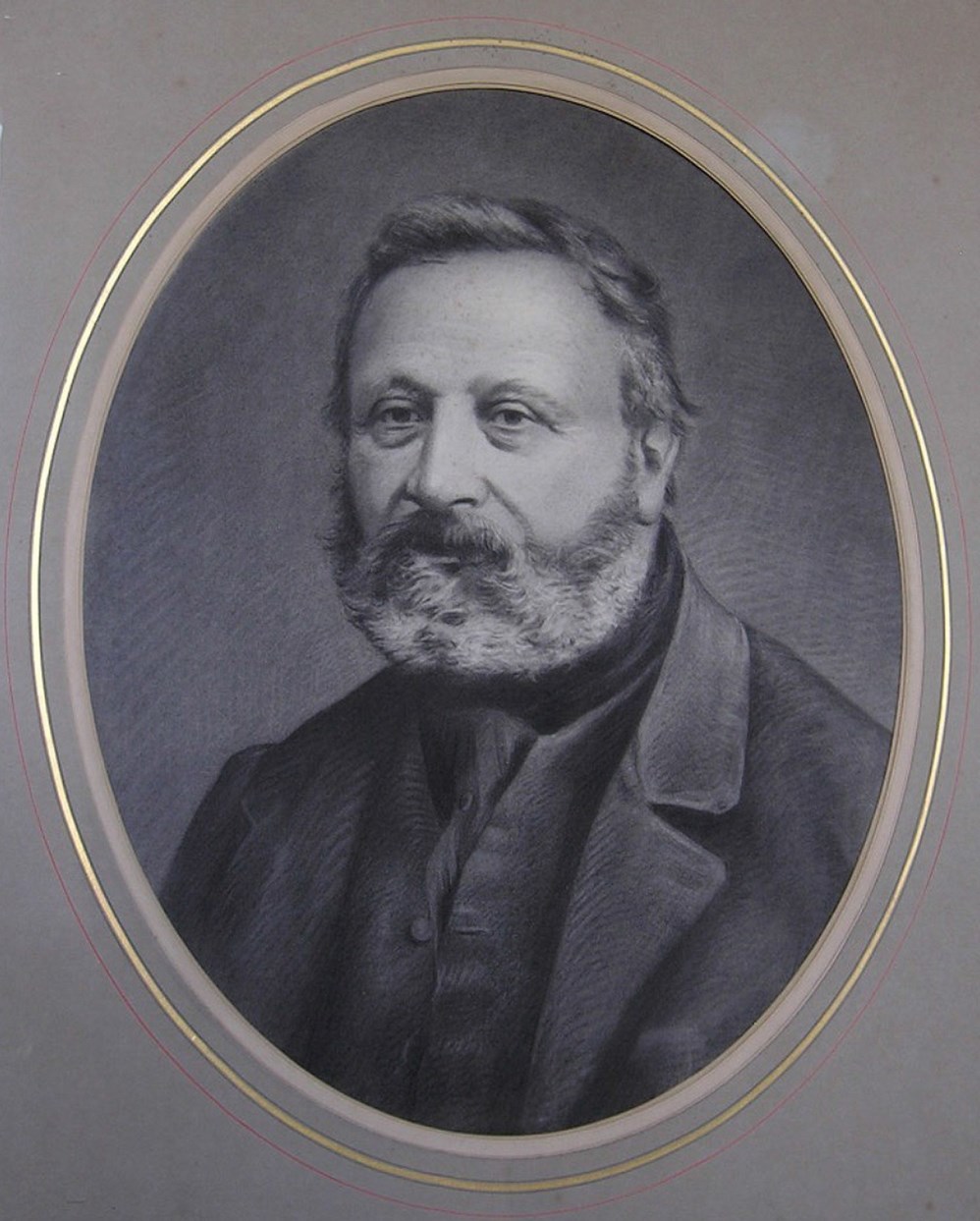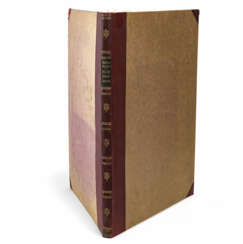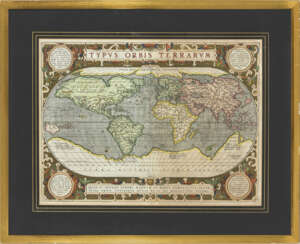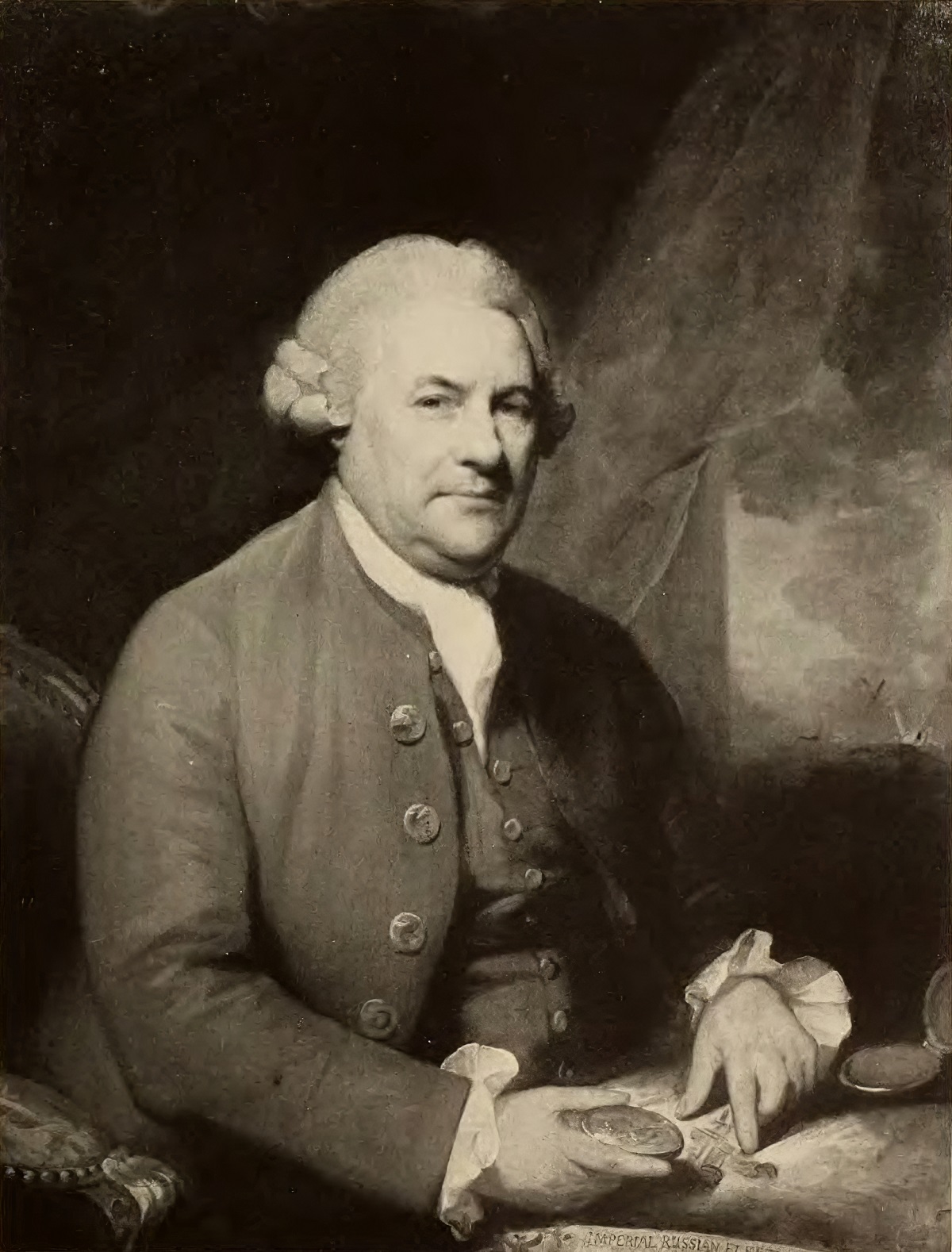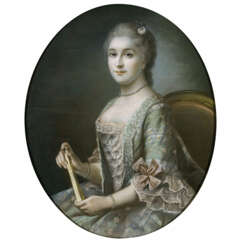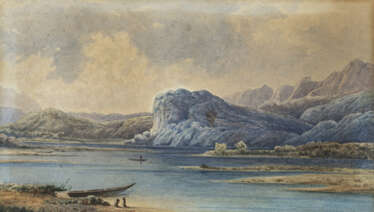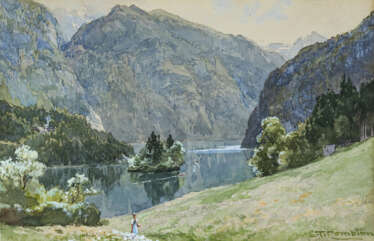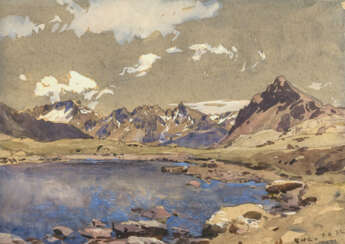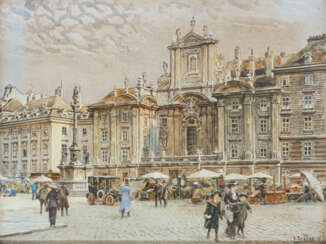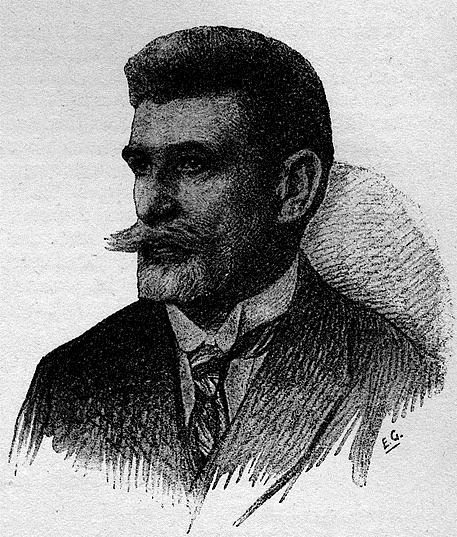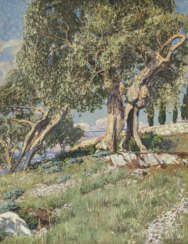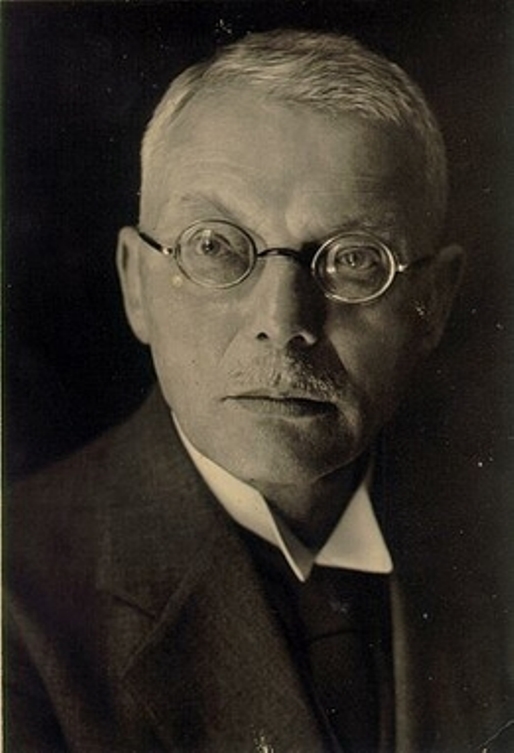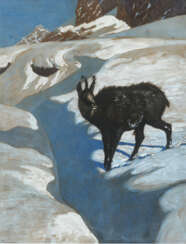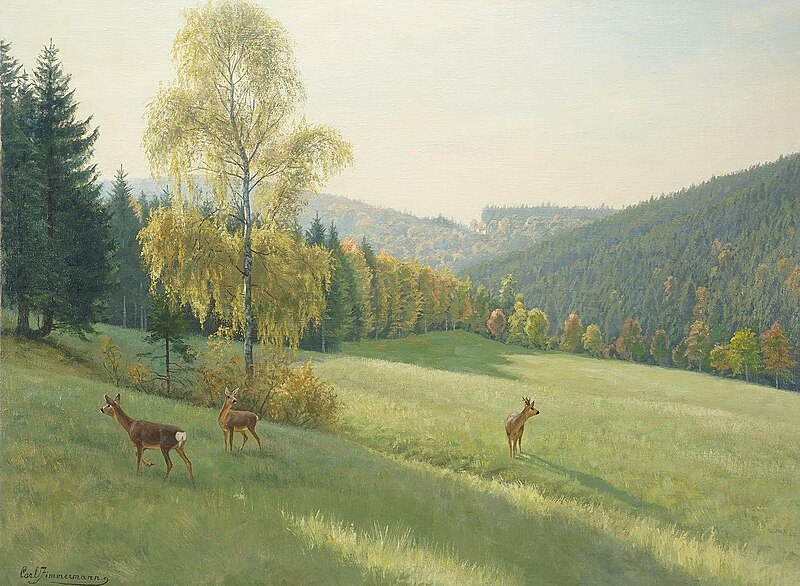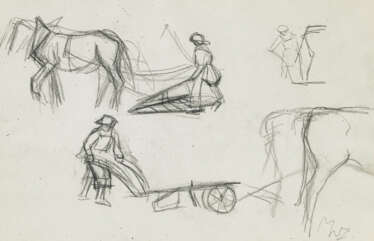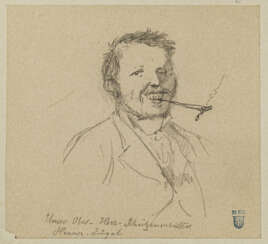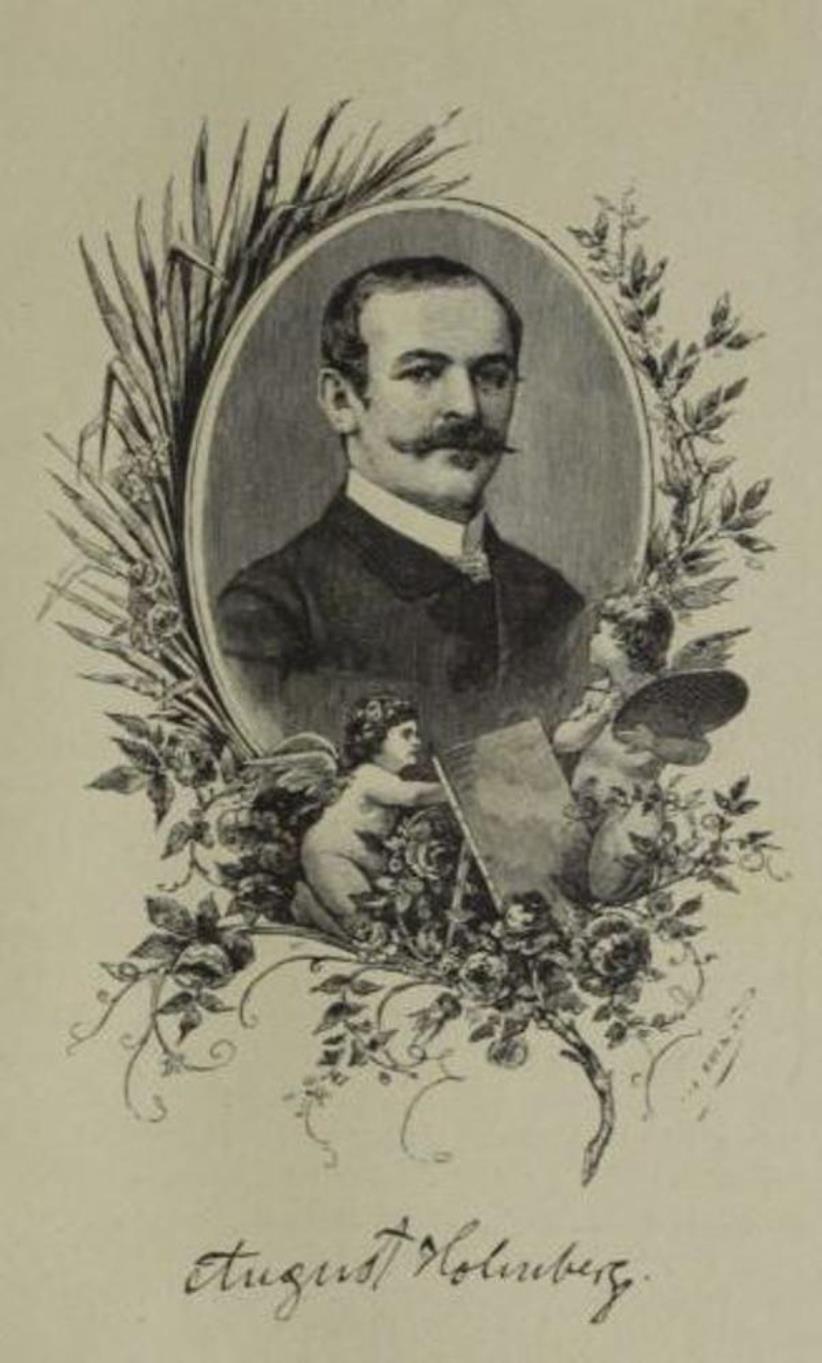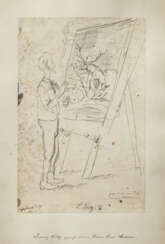
409-3 | Grafiken und Gemälde
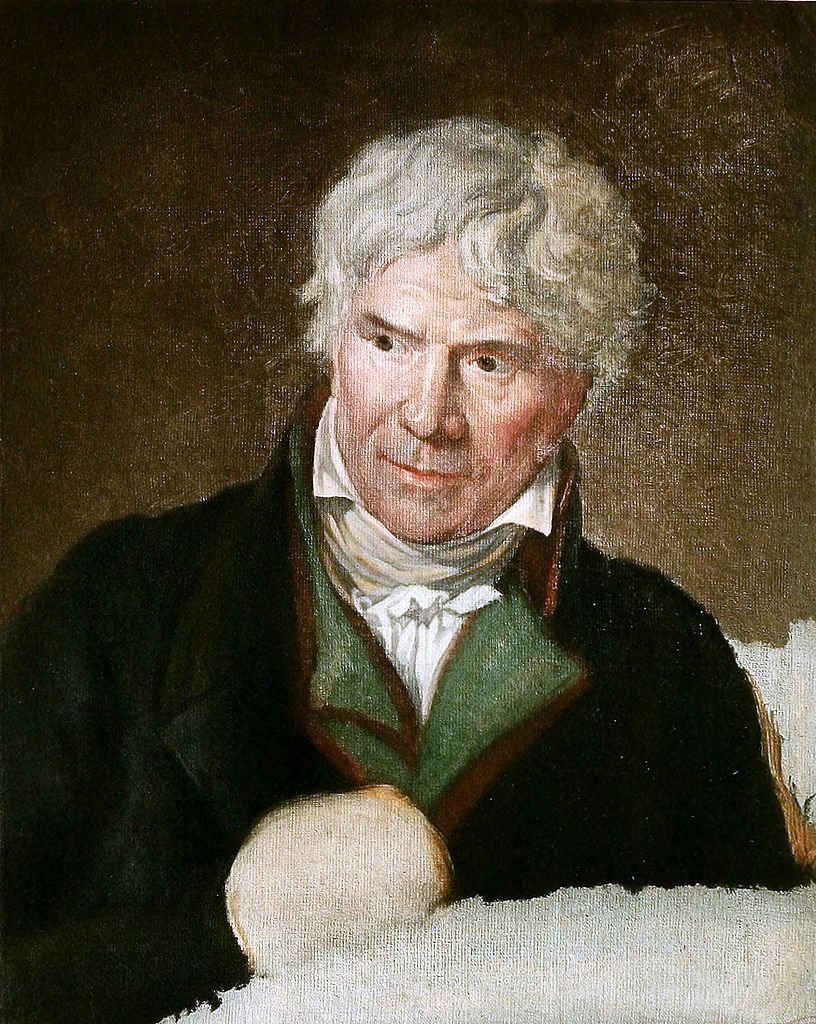
Jean-Michel Moreau, also known as Moreau le Jeune (the Younger), was a French artist, painter, illustrator and engraver.
He worked in the typical 18th-century Rococo style, creating paintings for later engraving, but most of his surviving work is book illustration. Moreau also created genre compositions on the entertainment of Louis XV and Madame Dubarry, later Louis XVI and Marie Antoinette. He painted portraits of members of the royal family from life in charcoal, chalk and pastel.
Jean-Michel Moreau created a large body of work on period costumes, accurately reproducing their details, which is a valuable source for today's costume designers and art historians.
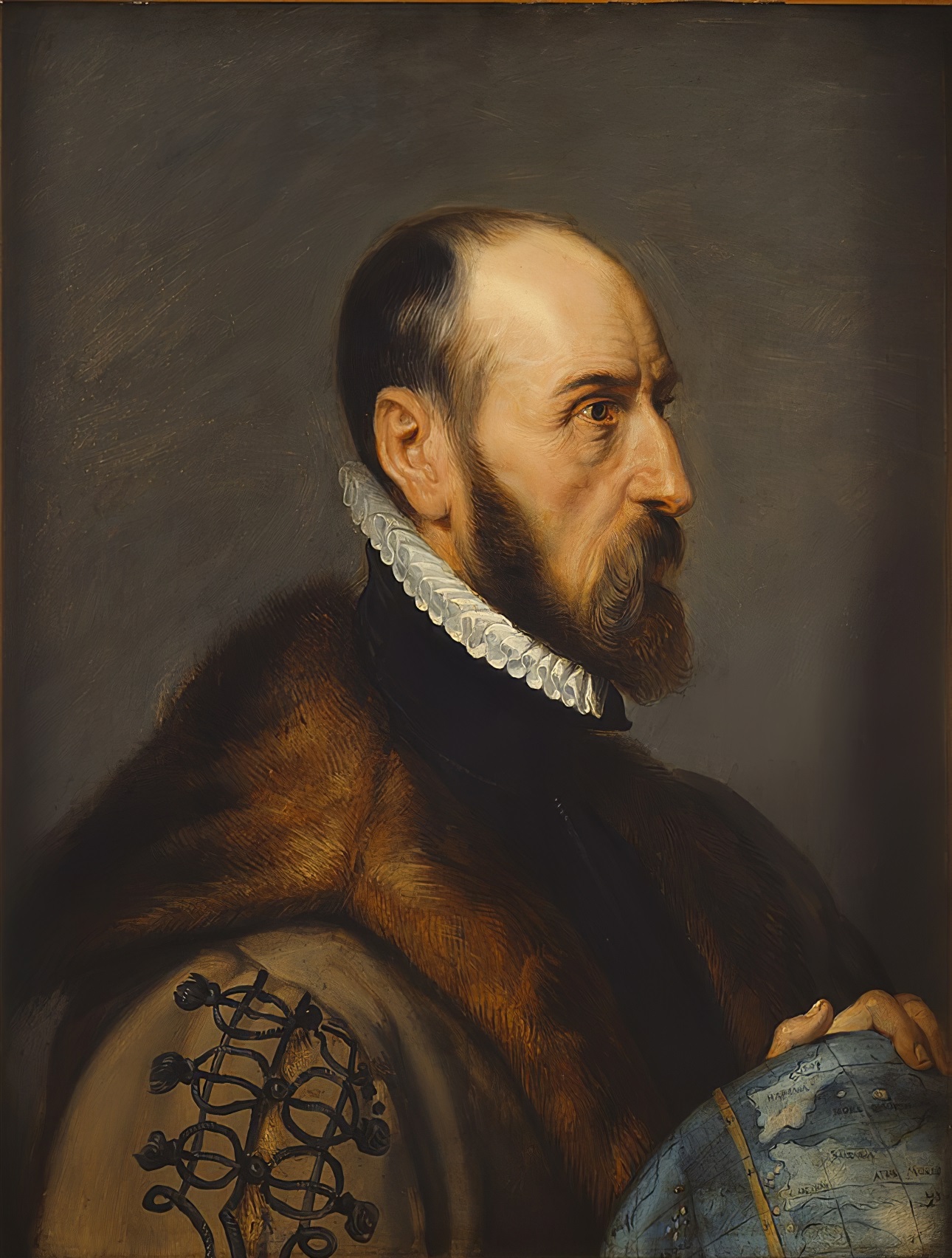
Abraham Ortelius (Ortels) was a Brabantian cartographer, geographer, and cosmographer. He is recognized as the creator of the first modern atlas, the Theatrum Orbis Terrarum (Theatre of the World). Along with Gemma Frisius and Gerardus Mercator, Ortelius is generally considered one of the founders of the Netherlandish school of cartography and geography. He was a notable figure of this school in its golden age (approximately 1570s–1670s) and an important geographer of Spain during the age of discovery. The publication of his atlas in 1570 is often considered as the official beginning of the Golden Age of Netherlandish cartography. He was the first person proposing that the continents were joined before drifting to their present positions. Beginning as a map-engraver, in 1547 he entered the Antwerp Guild of Saint Luke as an illuminator of maps. In 1560 when travelling with Mercator to Trier, Lorraine, and Poitiers, he seems to have been attracted, largely by Mercator's influence, towards the career of a scientific geographer. In 1564 he published his first map, Typus Orbis Terrarum, an eight-leaved wall map of the world. On 20 May 1570, Gilles Coppens de Diest at Antwerp issued Ortelius's Theatrum Orbis Terrarum, the "first modern atlas" (of 53 maps).
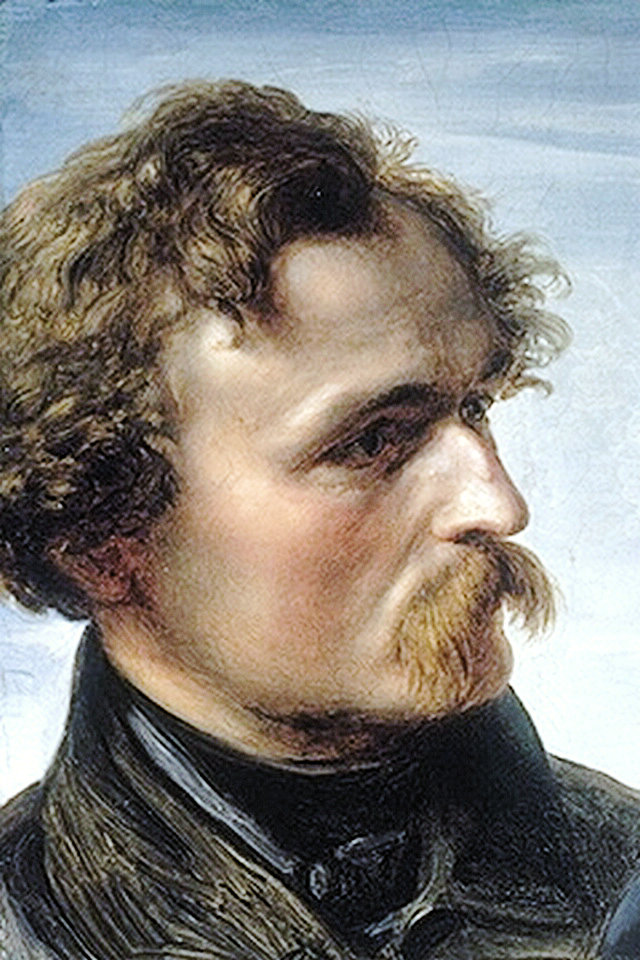
Karl Friedrich Lessing was a German painter of the mid-nineteenth century. He is known as a Romantic painter, a representative of the Düsseldorf School of painting.
Lessing began his career with melancholic-romantic landscapes and paintings on literary subjects. He later gained popularity as a landscape painter. Reproductions of his works were widely printed in German magazines of the XIX century. Later Lessing switched to historical subjects, creating historical paintings, as well as frescoes.
Lessing was a member of various art societies and academies, both German and foreign.
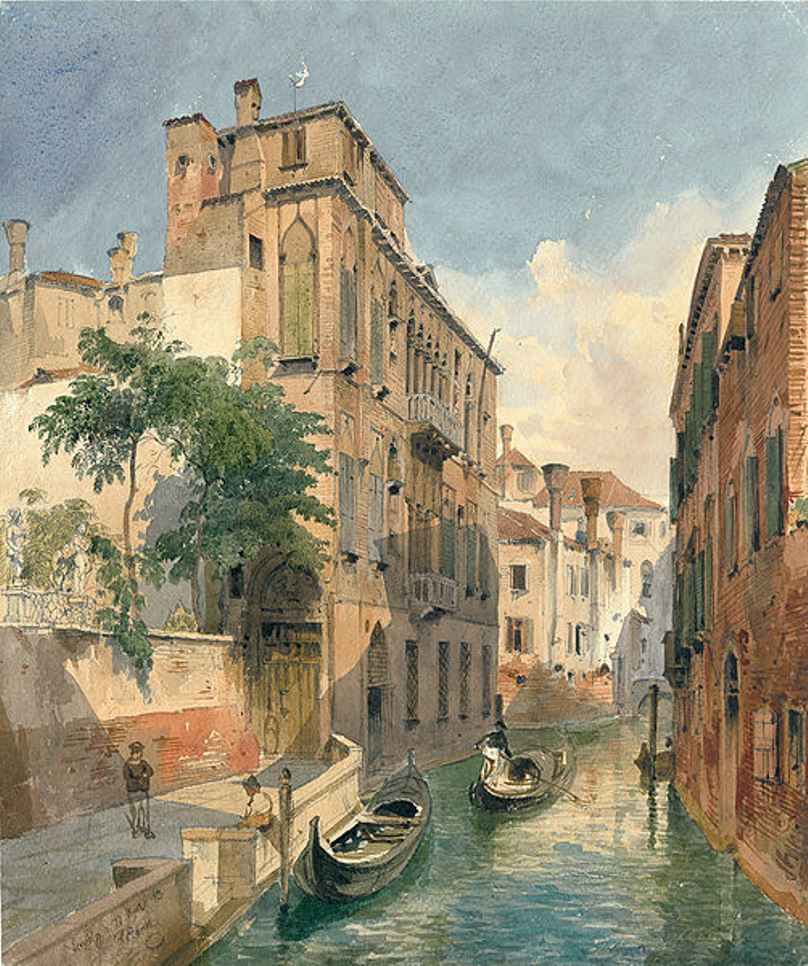
Friedrich Eibner was a German painter of architectural subjects. He traveled through Bavaria, Germany, France, Upper Italy, and Spain, making many watercolor drawings of places he visited. His best work is considered "An Album for Prince Meshchersky."
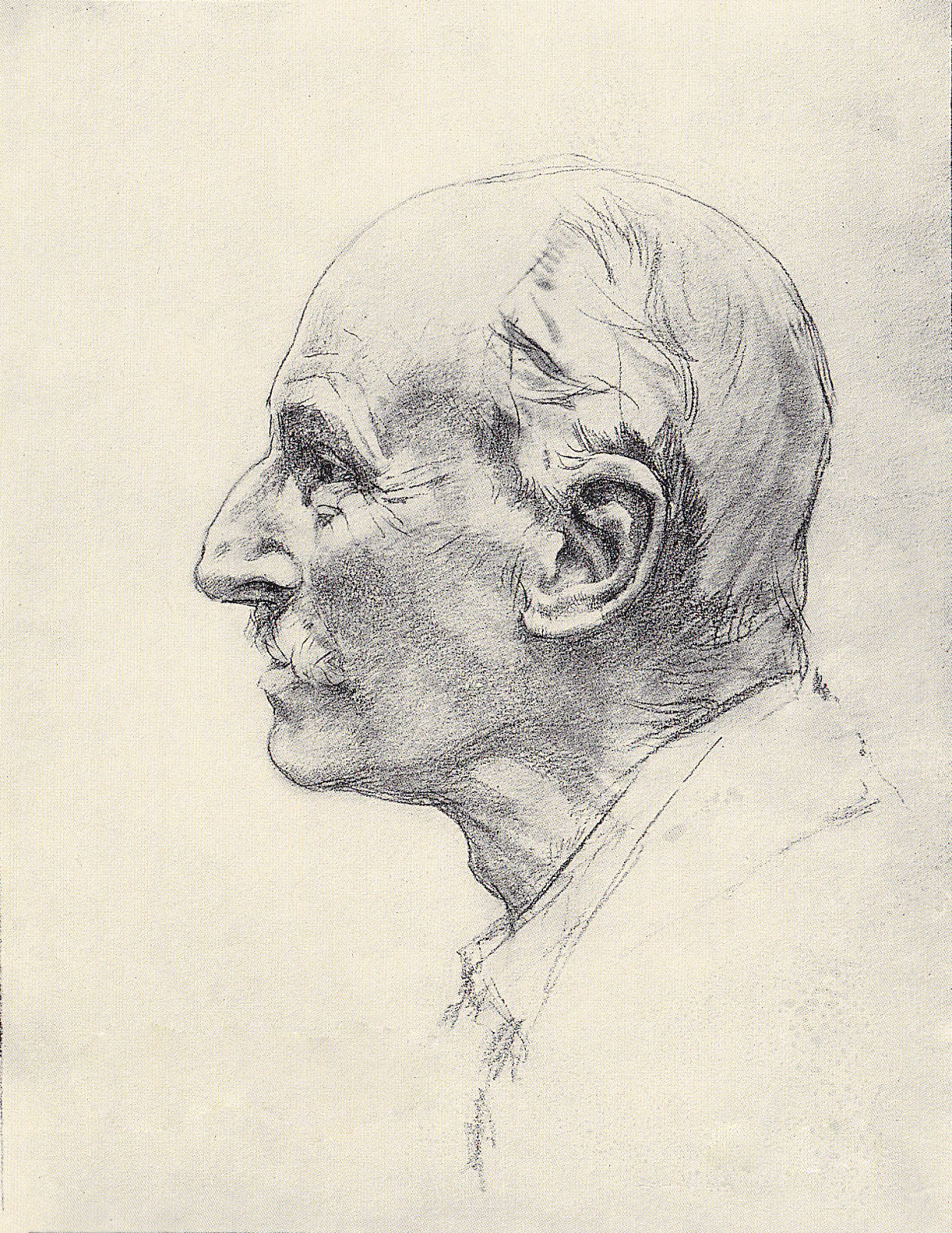
Edward Theodore Compton was an English-born, German artist, illustrator and mountain climber. He is well known for his paintings and drawings of alpine scenery, and as a mountaineer made 300 major ascents including no fewer than 27 first ascents.
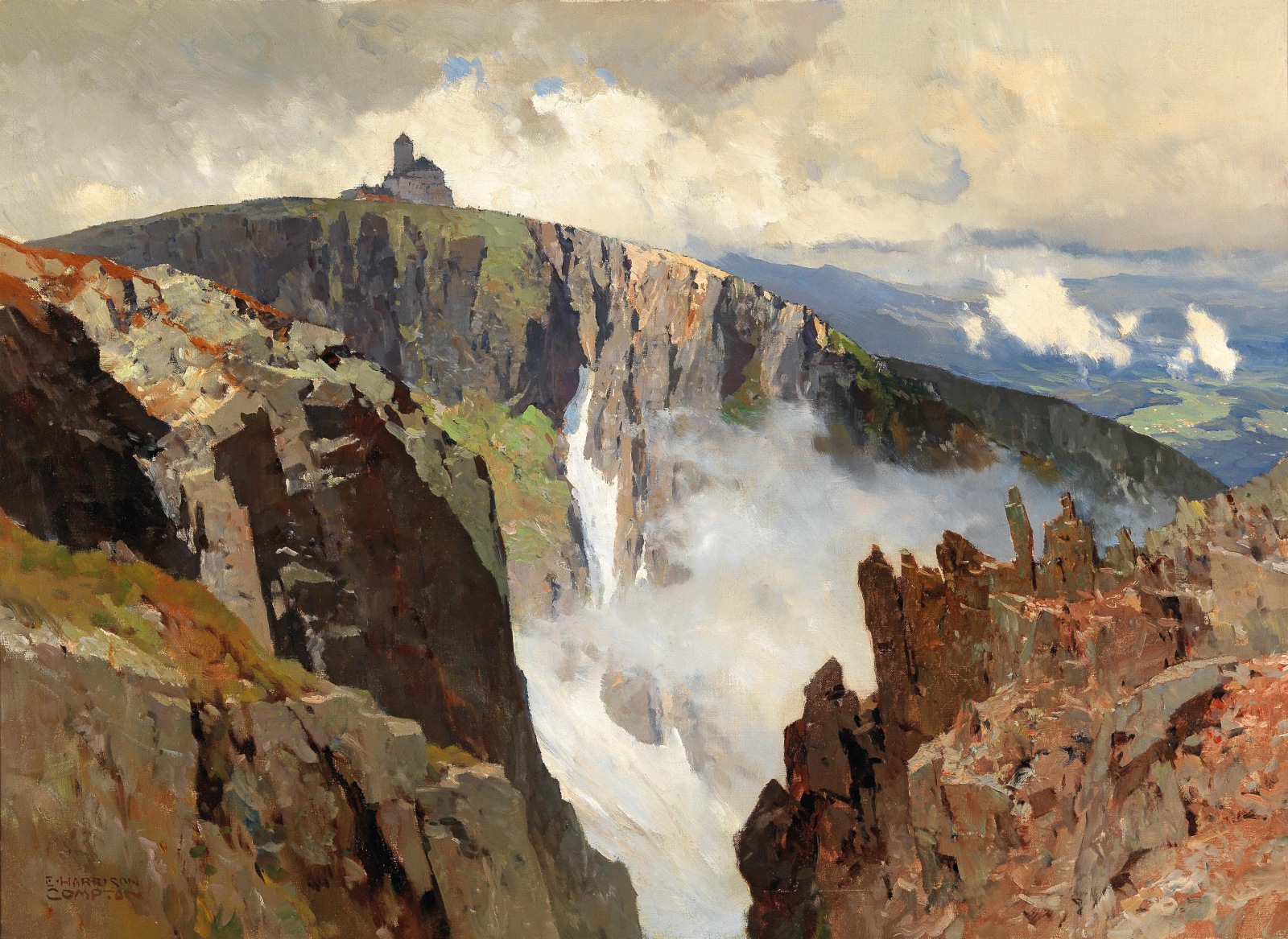
Edward Harrison Compton was a German landscape painter and illustrator of English descent.
Like his father he was inspired by the Alps to become a mountain painter (Bergmaler) working in both oils and watercolour. However, an attack of Polio at the age of 28 meant that he had to find more accessible landscapes to paint in Germany, England, northern Italy and Sicily. He also provided illustrations for several travel books published by A & C Black.
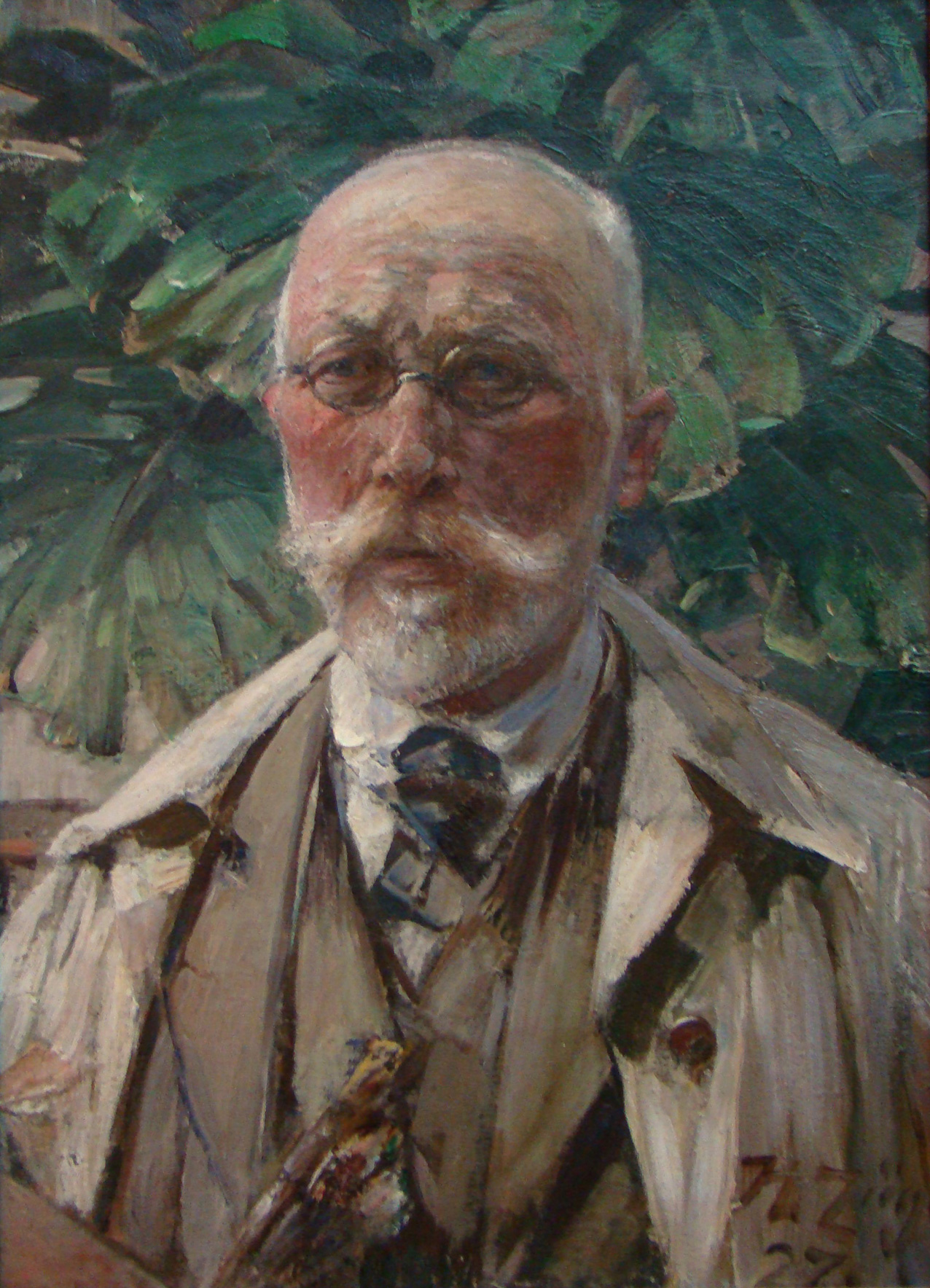
Heinrich Johann von Zügel was a German painter of the late nineteenth century and the first half of the twentieth century. He is known as a painter who specialized in depicting farm animals in dramatic and humorous situations.
Von Zügel invested more than 40 years in the subject of "Hard Labor," depicting mostly the work of oxen. By creating 24 versions of this subject, the artist demonstrated the evolution of his skill from realistic detailing to cubic and monumental interpretation. Von Zügel also created light impressionist paintings, including a self-portrait at the age of 77. In addition to animals, he also painted portraits and cityscapes.
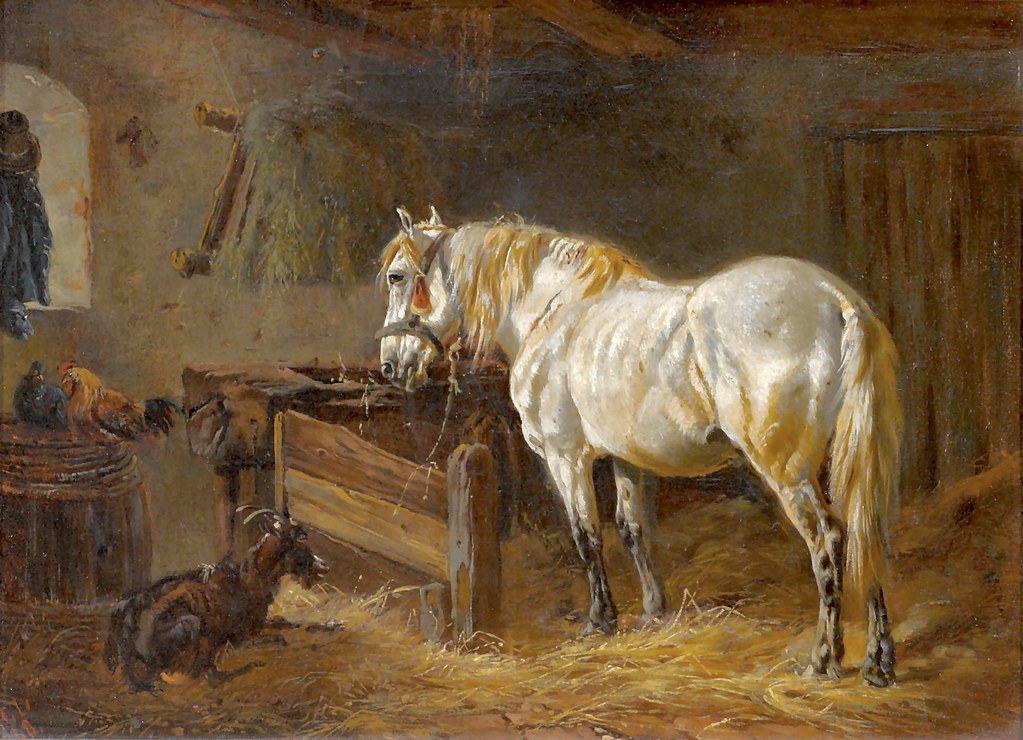
Ludwig Hartmann was a German animal painter.
Hartmann studied at the Academy of Fine Arts in Munich and was a member of the prestigious Munich School of Artists, which flourished during his lifetime, he was awarded medals in Vienna in 1869 and 1872.
The artist's greatest success came from his works with horses, painted in bold colors. But Hartmann specialized in depicting simple, working horses, most often at rest. In his soulful paintings, horses tired after hard work enjoy peace - in the stables or at a watering hole.
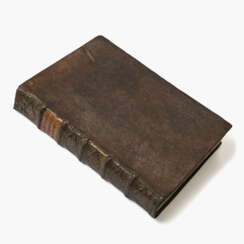



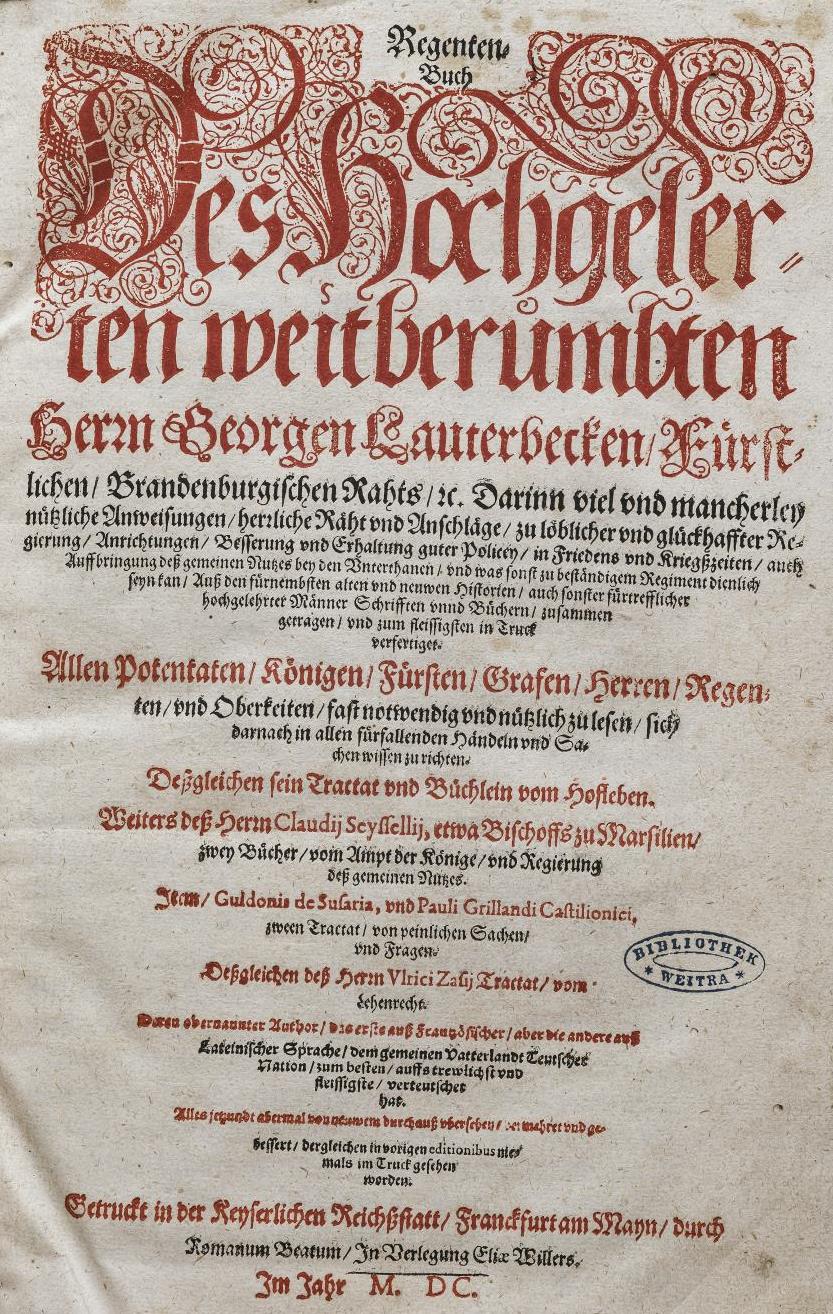
![Flavius Josephus - Historien vnd Bücher: Von alten Jüdischen Geschichten [...]](/assets/image/picture_2923229/3a867/jabbl1nimzqzsvchbashqtgkcpgwxsrqansb20e2syc8g8no1udseb024bhscgi1686780702jpg__fix_374_244.jpeg)
![Flavius Josephus - Historien vnd Bücher: Von alten Jüdischen Geschichten [...]](https://veryimportantlot.com/assets/image/picture_2923229/3a867/jabbl1nimzqzsvchbashqtgkcpgwxsrqansb20e2syc8g8no1udseb024bhscgi1686780702jpg__fix_374_244.jpeg)
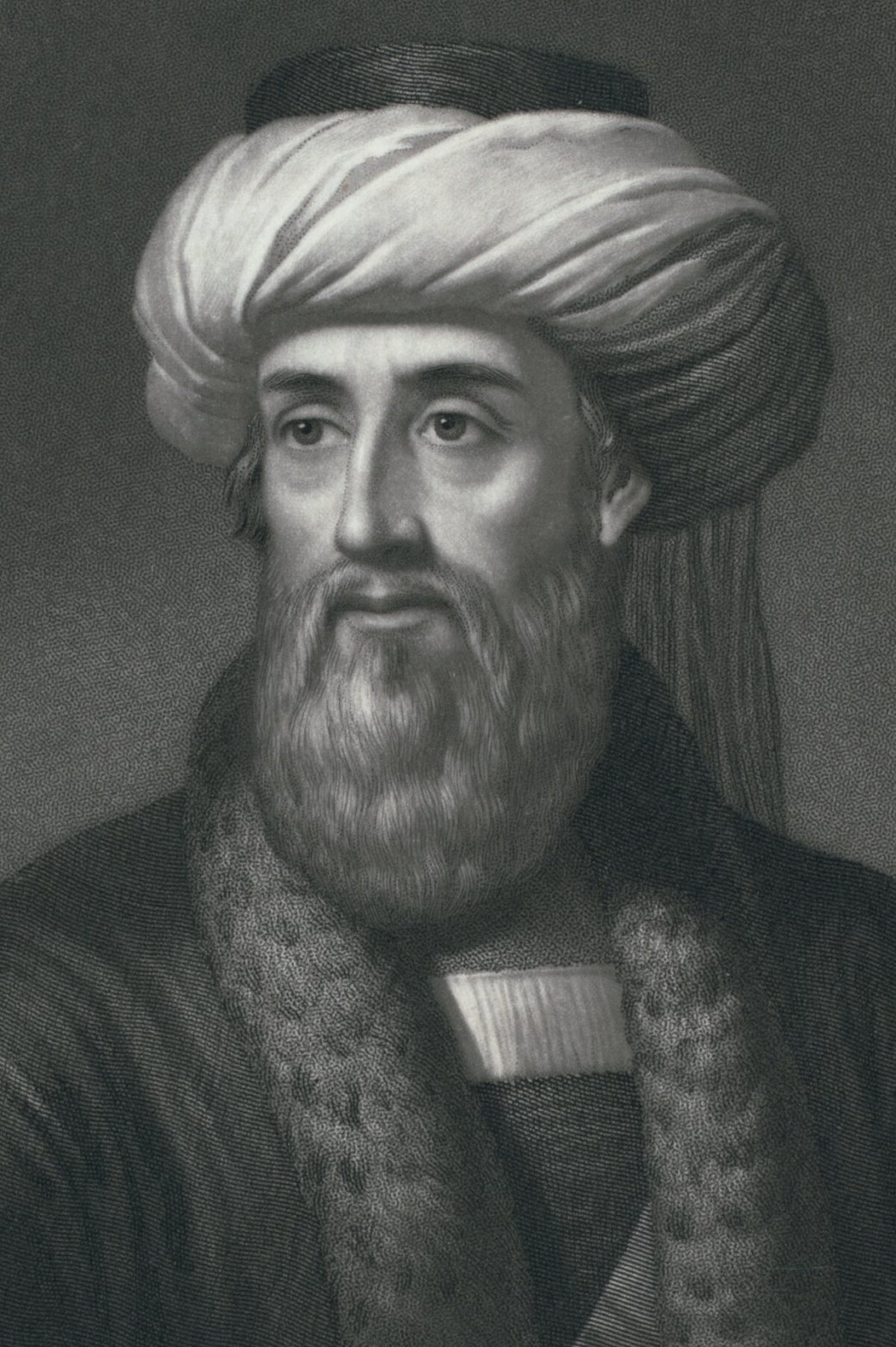
![Johann (Johannes) Guler von Weineck - RAETIA: Das ist, Ausführliche und wahrhaffte Beschreibung Der dreyen Loblichen Grawen Bündten und anderer Retischen völcker [...]](/assets/image/picture_2923230/f6e07/2vjgw5c10cfq6100npdv5cp8nzfhj-447slfq7jw75lswwcg6eaxtzqfnrk6kzvp1686780702jpg__fix_374_244.jpeg)
![Johann (Johannes) Guler von Weineck - RAETIA: Das ist, Ausführliche und wahrhaffte Beschreibung Der dreyen Loblichen Grawen Bündten und anderer Retischen völcker [...]](https://veryimportantlot.com/assets/image/picture_2923230/f6e07/2vjgw5c10cfq6100npdv5cp8nzfhj-447slfq7jw75lswwcg6eaxtzqfnrk6kzvp1686780702jpg__fix_374_244.jpeg)
![Johann Rudolph Sattler - Thesaurus notariorum Das ist: Notariat Und Formular Buch [...]](/assets/image/picture_2923231/5a3ed/miqi82hjnpr-yl-qoesb0kcwa7tnqj7c8dvprmhjyn-fctpj8ckca64i0j0wngxv1686780702jpg__fix_374_244.jpeg)
![Johann Rudolph Sattler - Thesaurus notariorum Das ist: Notariat Und Formular Buch [...]](https://veryimportantlot.com/assets/image/picture_2923231/5a3ed/miqi82hjnpr-yl-qoesb0kcwa7tnqj7c8dvprmhjyn-fctpj8ckca64i0j0wngxv1686780702jpg__fix_374_244.jpeg)

![Samuel von Pufendorf - Histoire du regne de Charles Gustave, Roy de Svede [...]](/assets/image/picture_2923232/50a3a/4ce9ffgegndsgyylqf60adhjwrjdmkibb-epjwjhpzbxwpzqa8lrraausjsm5dnq1686780702jpg__fix_374_244.jpeg)
![Samuel von Pufendorf - Histoire du regne de Charles Gustave, Roy de Svede [...]](https://veryimportantlot.com/assets/image/picture_2923232/50a3a/4ce9ffgegndsgyylqf60adhjwrjdmkibb-epjwjhpzbxwpzqa8lrraausjsm5dnq1686780702jpg__fix_374_244.jpeg)
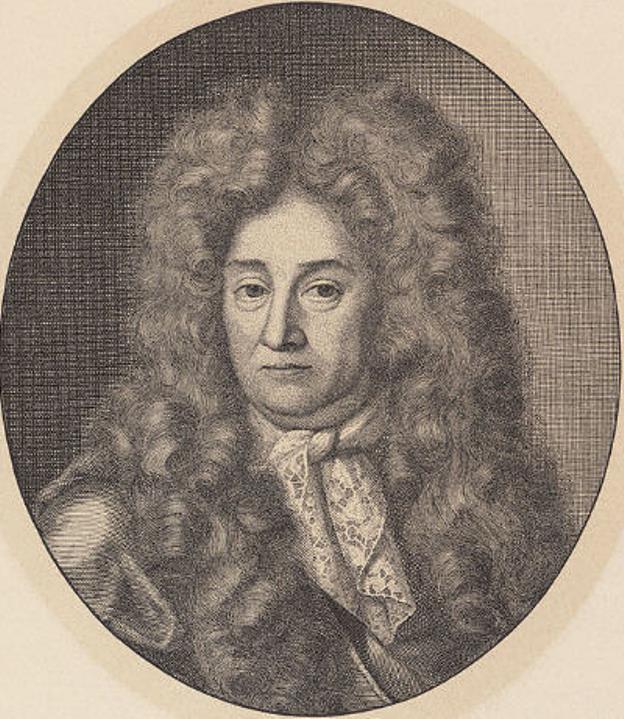
![Jean-Baptiste de Monicart - Versailles immortalisé, par les merveilles parlantes des bâtimens [...]](/assets/image/picture_2923233/d5e7a/jcg-fu3t2s9skxz6fd0uq9oymwngboir9z1t4j8o7cufid7eybryk1k1i2ldq1y1686780702jpg__fix_374_244.jpeg)
![Jean-Baptiste de Monicart - Versailles immortalisé, par les merveilles parlantes des bâtimens [...]](https://veryimportantlot.com/assets/image/picture_2923233/d5e7a/jcg-fu3t2s9skxz6fd0uq9oymwngboir9z1t4j8o7cufid7eybryk1k1i2ldq1y1686780702jpg__fix_374_244.jpeg)
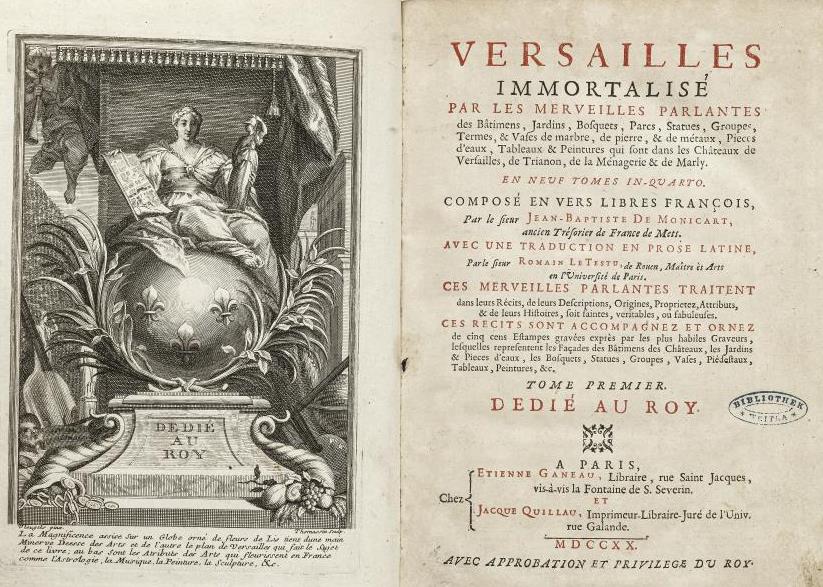
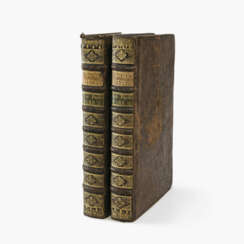

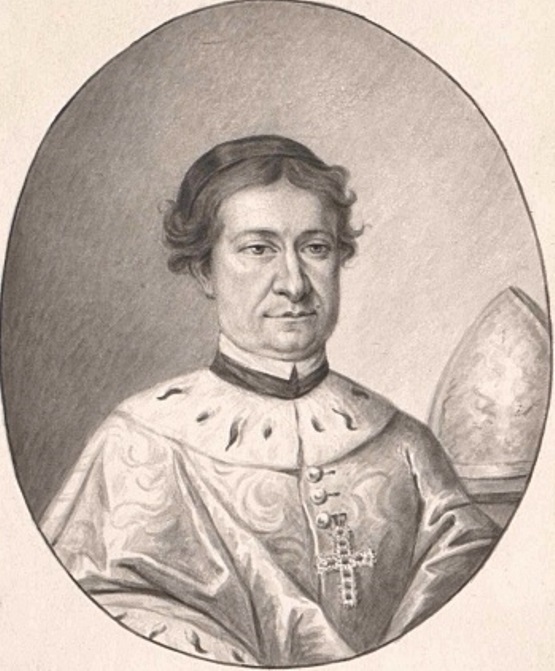
![Antoine-François Prévost dExiles (gen. LAbbé Prévost) - Histoire générale des voyages [...]](/assets/image/picture_2923235/72116/frbh2zufxmuib7rcxytaxhckkp5igo2p6prgy2juei6t2jchxip-wiijfgccijd1686780702jpg__fix_374_244.jpeg)
![Antoine-François Prévost dExiles (gen. LAbbé Prévost) - Histoire générale des voyages [...]](https://veryimportantlot.com/assets/image/picture_2923235/72116/frbh2zufxmuib7rcxytaxhckkp5igo2p6prgy2juei6t2jchxip-wiijfgccijd1686780702jpg__fix_374_244.jpeg)

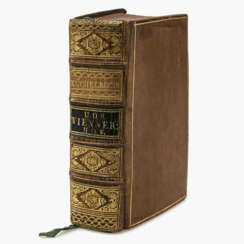

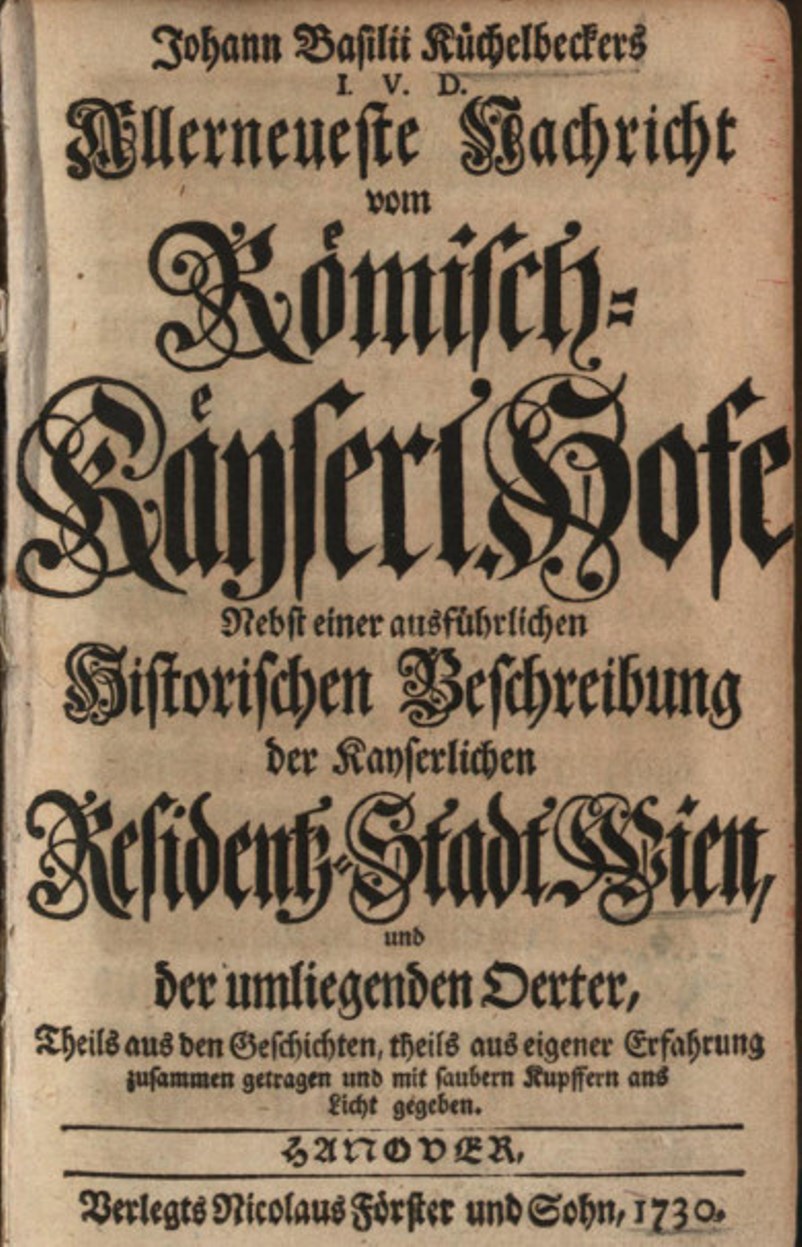
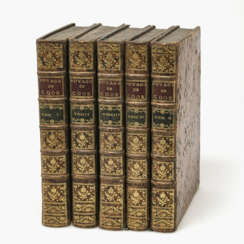

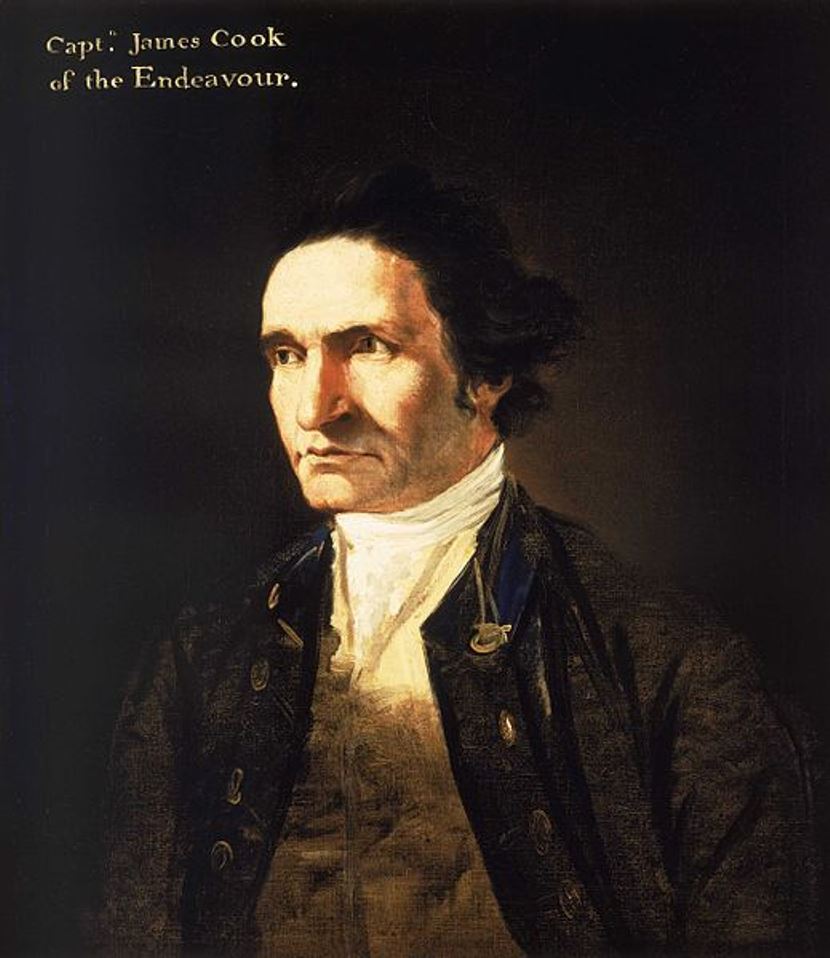
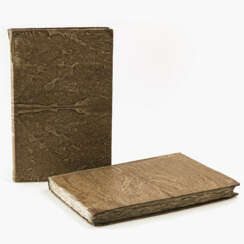


![Ignaz von Born - Testacea Musei Caesarei vindobonensis, quae jussu Mariae Theresiae Augustae [...]](/assets/image/picture_2923239/2ff97/b7qsjfwwi8hiv2-sj4tli7up03ajpifqpktsxr8ugudfvobocbercywicigh-syx1686780702jpg__fix_374_244.jpeg)
![Ignaz von Born - Testacea Musei Caesarei vindobonensis, quae jussu Mariae Theresiae Augustae [...]](https://veryimportantlot.com/assets/image/picture_2923239/2ff97/b7qsjfwwi8hiv2-sj4tli7up03ajpifqpktsxr8ugudfvobocbercywicigh-syx1686780702jpg__fix_374_244.jpeg)
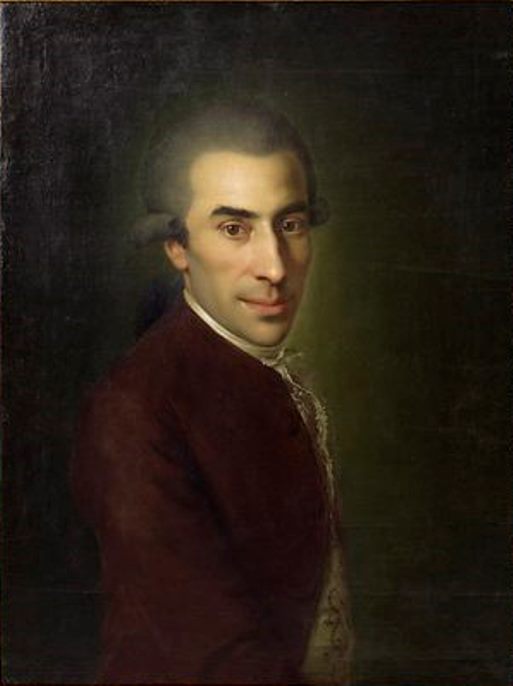
![Clément Pellé / Leon Galibert - Voyage en Syrie et dans lAsie Mineure [...]](/assets/image/picture_2923240/543e0/cqbbxr0dtenvx9b-ggn3hva7huidzfckwwmfnucto5hwl5bjq5c3ko3hme-lumvx1686780702jpg__fix_374_244.jpeg)
![Clément Pellé / Leon Galibert - Voyage en Syrie et dans lAsie Mineure [...]](https://veryimportantlot.com/assets/image/picture_2923240/543e0/cqbbxr0dtenvx9b-ggn3hva7huidzfckwwmfnucto5hwl5bjq5c3ko3hme-lumvx1686780702jpg__fix_374_244.jpeg)
